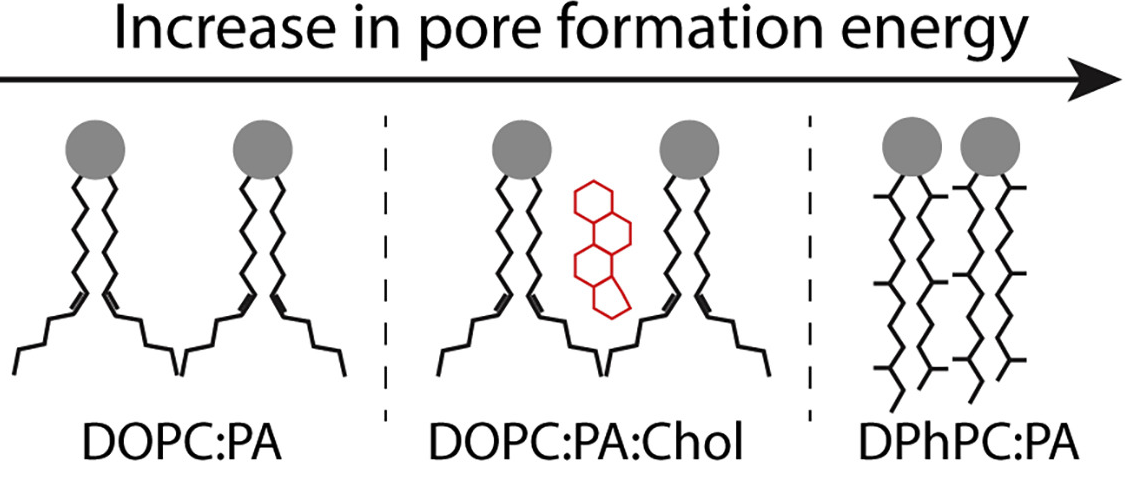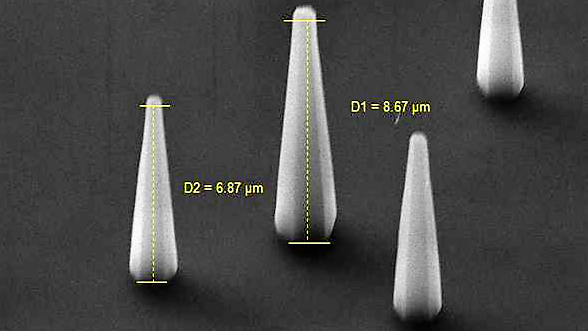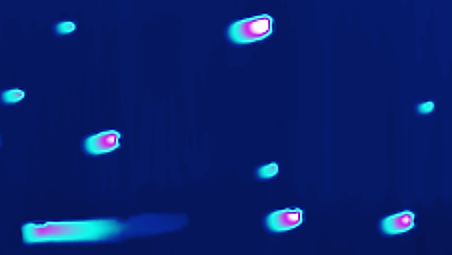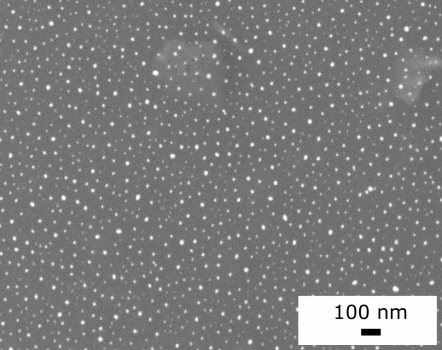In my research, I am interested in water and how its omnipresence can be utilized to better understand dynamic behavior of biological processes. I love developing novel microscopy approaches: designing and building unique microscopes, automating hardware to enable high-throughput screening, and writing software to process and analyze the acquired data.
I succesfully defended my PhD thesis at EPFL in November 2022. The main focus of my thesis was using water as a contrast agent for imaging interfacial structure and ion transport in giant vesicles. However, throughout my time at EPFL, I worked on a wide range of projects around non-linear imaging and scattering.
In a nutshell, we managed to show that if you're clever, it is possible to use second harmonic imaging to probe water molecules at the interfaces of lipid membranes. This enabled us to image, record, and calculate electrostatic potential on biological surfaces without the need for any labels. In fact, water itself was the label! We then used this method to study ion transport through lipid membranes and the formation of pores in them, which is important for understanding how cells communicate with their environment.

A label-free SHG image of a GUV.

Pores for different lipid compositions.
As part of my diploma thesis at FNSPE CTU, I was working at the Institute of Photonics and Electronics of the Czech Academy of Sciences (link) focusing on properties of ZnO nanorods. I was a student in the nanomaterial group lead by Ing. Jan Grym Ph.D.
Our main goal was to use conductive AFM and custom in-house made electronics to measure I-V curves of free-standing ZnO nanorods grown under various conditions using several different methods. I also spent time developing custom measuring software for the KEITHLEY 237 measurement unit using Python 3.5, QT 5.7 and the pyVISA library.
Understanding ZnO nanorods is important for a wide spectrum of applications, including biosensors, solar cells and
piezoelectric nanogenerators. More information about this project can be found on a poster available
![]() here, which I presented at the 16th IUVSTA Summer School Devět Skal in 2017.
here, which I presented at the 16th IUVSTA Summer School Devět Skal in 2017.

ZnO nanorods viewed by an SEM.

ZnO nanorods topography (AFM).
I succesfully defended my thesis at FNSPE CTU, Department of Physical Electronics in September 2015. The main focus of my thesis was synthesis of embedded nanoparticles using ion implantation techniques. It starts with a theoretical research part, focusing on the techniques used in research and their capabilities in creating nanocomposites as well as techniques available for nanoparticle characterization.
In the experimental parf of the thesis, our experiments are described in detail, mostly concerning the fabricated samples of silver nanoparticles in glass using the ion implantator at the Department of Physical Electronics. Used methods include direct implantation as well as implantation through a cover layer. The samples were then analyzed using SEM, AFM and optical absorption spectroscopy.

Embedded nanoparticles of Ag in glass.